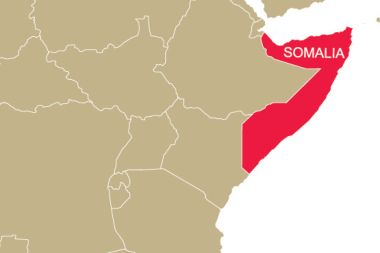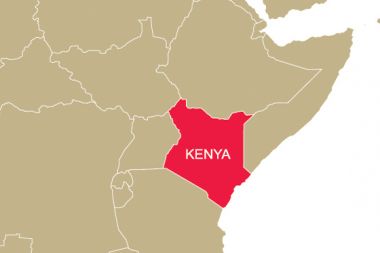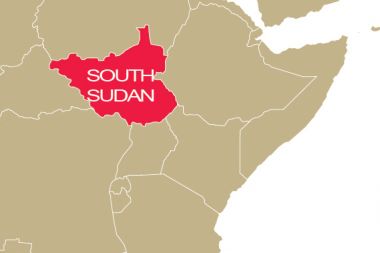You are here:
Hunger crisis in Africa
Drought and violence are the cause of famine and disease spreading in East Africa. © action medeor
Drought and fighting led to hunger in parts of East Africa. Kenya, Somalia, Ethiopia, Nigeria and South Sudan are particularly affected.
Somalia
 Since 2015, the people in Somalia suffer from drought. With two rainy seasons failing in a row, an enormous water scarcity developed and caused major crop failures - with dramatic consequences for the population: drinking water prices tripled, three quarters of the country’s livestock has already died and crop losses amount to 75%. Consequently, food prices have risen enormously.
Since 2015, the people in Somalia suffer from drought. With two rainy seasons failing in a row, an enormous water scarcity developed and caused major crop failures - with dramatic consequences for the population: drinking water prices tripled, three quarters of the country’s livestock has already died and crop losses amount to 75%. Consequently, food prices have risen enormously.
The persistently poor diet has serious impacts on the children: There are currently 363,000 acute malnourished children in Somalia, of whom 72,000 are severely malnourished and urgently need help - and the trend is rising. If the next rainy season in spring 2017 is again very weak, there is a risk of famine in the second part of 2017.
As a further threat to human health and well-being, the poor supply of clean drinking water and sufficient food also leads to diseases spreading, including cholera.
In order to deal with this persistently insecure food situation, action medeor and the local organization WARDI started a project in January 2016 to improve food security in the Hiraan region.
Kenya
 In February 2017, the Kenyan government launched a state of emergency in 23 out of 47 districts and asked for international assistance. The population suffers from acute water scarcity and crop failures. The poor supply situation in Kenya also means that more and more people are dependent on help.
In February 2017, the Kenyan government launched a state of emergency in 23 out of 47 districts and asked for international assistance. The population suffers from acute water scarcity and crop failures. The poor supply situation in Kenya also means that more and more people are dependent on help.
In February 2017 2.7 million Kenyans were affected by food insecurity. According to the Kenyan government, this number could rise to up to four million by April 2017.
South Sudan
 In South Sudan, the current climatic conditions combined with a situation of political insecurity and violence are exacerbating a tense situation that has lasted for years.
In South Sudan, the current climatic conditions combined with a situation of political insecurity and violence are exacerbating a tense situation that has lasted for years.
Since the beginning of the fighting in December 2013, violence in South Sudan has claimed thousands of victims and displaced millions of people from their home villages. Many South Sudanese have sought shelter in neighboring countries, and nearly two million people are also living as internally displaced persons within South Sudan.
More than one million children under the age of five are acutely malnourished. Food prices have already tripled since last year. In February 2017 the United Nations declared a famine for parts of the country. 7.5 million South Sudanese need humanitarian aid.
Poor medical care, food shortages and poor access to clean drinking water and sanitation are also a breeding ground for the spread of disease. Cholera is spreading, especially in the cities and villages along the Nile. By 10 March 2017, the World Health Organization had already recorded more than 5,500 cases.
Since 2011 action medeor is providing the population in South Sudan with medicines and medical supplies through the health care facilities of the local partner organizations.